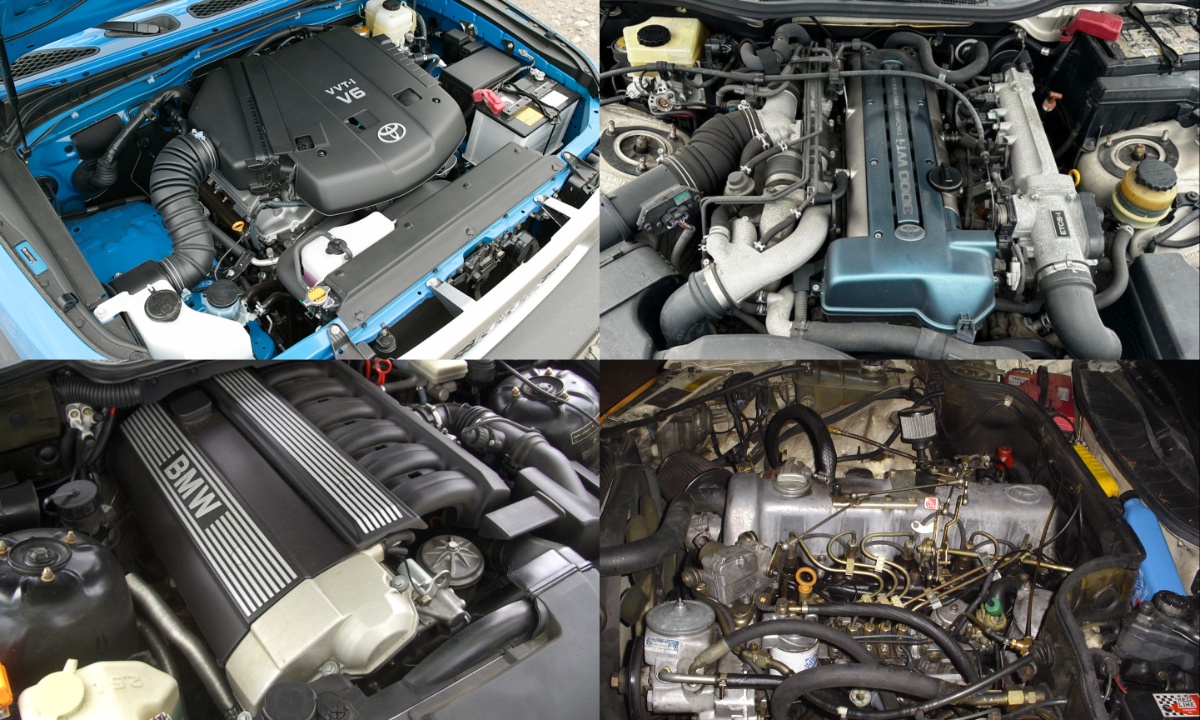While many car enthusiasts enjoy modifying or enhancing their engines, most vehicle owners simply want something that reliably gets them from point A to B. In this context, engine reliability is paramount.
While some engines may serve in unreliable vehicles or suffer due to poor maintenance, others have earned legendary status for their durability across decades and various applications.
Today’s focus shifts to ten of the most reliable engines ever built, which have demonstrated unmatched resilience and longevity, often across multiple models and industries. Their stories represent milestones in automotive engineering and trust from generations of drivers.
1. Chrysler Slant-Six: The Unkillable Workhorse
Debuting in 1959, the Chrysler Slant-Six earned its reputation as a virtually indestructible inline-six engine. Produced for 41 years, it appeared in over 30 different models, from sedans to pickups.
Its characteristic 30-degree slanted design allowed for a lower hood line and improved packaging. Displacements of 170, 198, and 225 cubic inches offered versatility, while variations in block materials and internal designs showed its adaptability.
Whether made of cast iron or aluminum, the Slant-Six was known for exceptional cooling, minimal maintenance needs, and surprising performance potential. Its longevity and versatility made it a legendary cornerstone of Chrysler engineering.
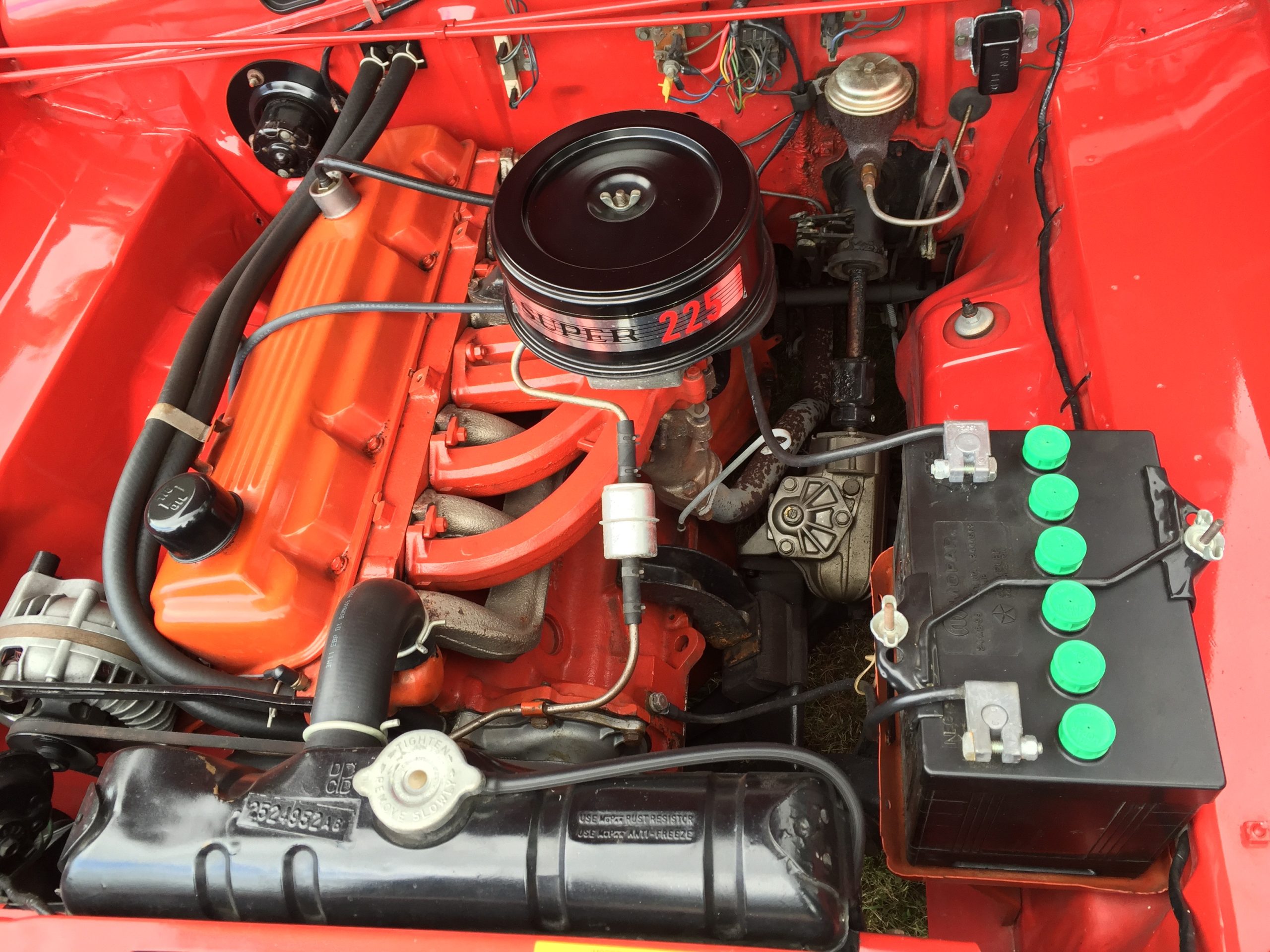
2. Ford 300 Straight-Six: Built to Survive Anything
Ford’s 300 cubic-inch inline-six, introduced in the mid-1960s, was originally designed for its F-Series pickups but proved versatile enough for a wide range of applications.
Known for its robust construction and torque-rich performance, it found homes in industrial machines, UPS trucks, and even competitive off-road racers like those in the Baja 1000.
With forged internals and a reputation for surviving extreme neglect, the Ford 300 gained near-mythical status. Despite its modest horsepower figures, this engine’s real-world endurance and heavy-duty capabilities made it a staple among blue-collar Americans who needed an engine they could trust every single day.
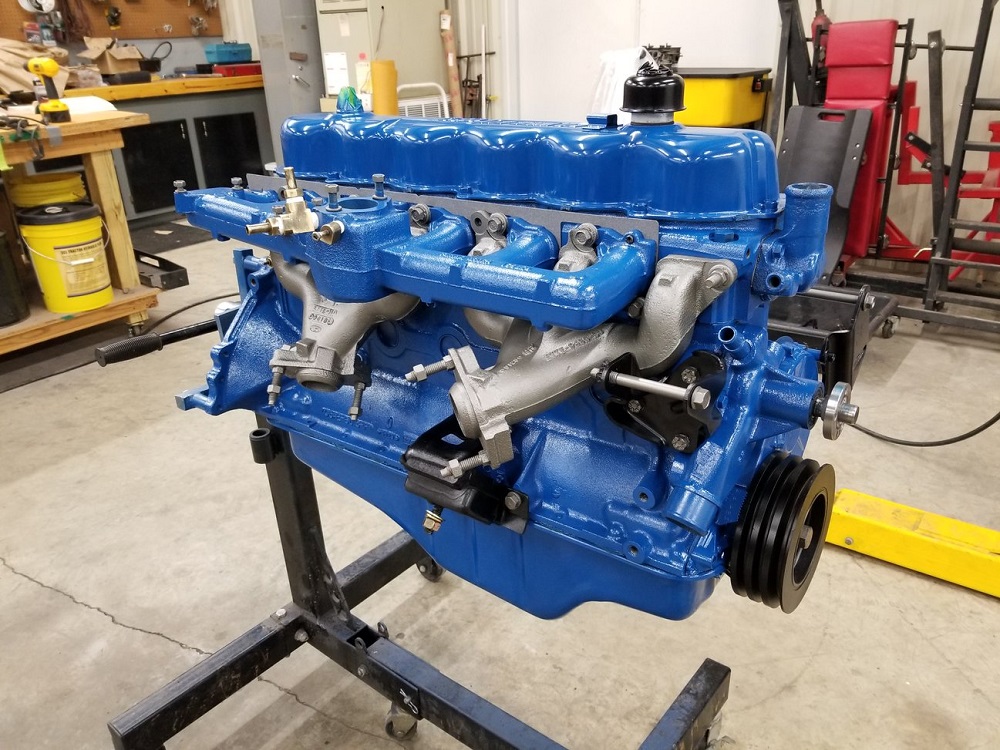
3. Mercedes OM617: Diesel Longevity Legend
Produced from 1974 to 1991, the Mercedes-Benz OM617 five-cylinder diesel engine became renowned for extraordinary durability, especially in taxis and high-mileage fleet vehicles.
Built with a cast iron block and a chain-driven single overhead camshaft, this 3.0-liter engine frequently achieved over 500,000 miles with little more than regular oil changes. Turbocharged versions further expanded its appeal, powering iconic vehicles like the W116 300SD—the world’s first turbo-diesel production sedan.
Its application in everything from sedans to experimental concept cars cemented its status. To this day, the OM617 is a symbol of Mercedes’ engineering excellence and commitment to diesel reliability.
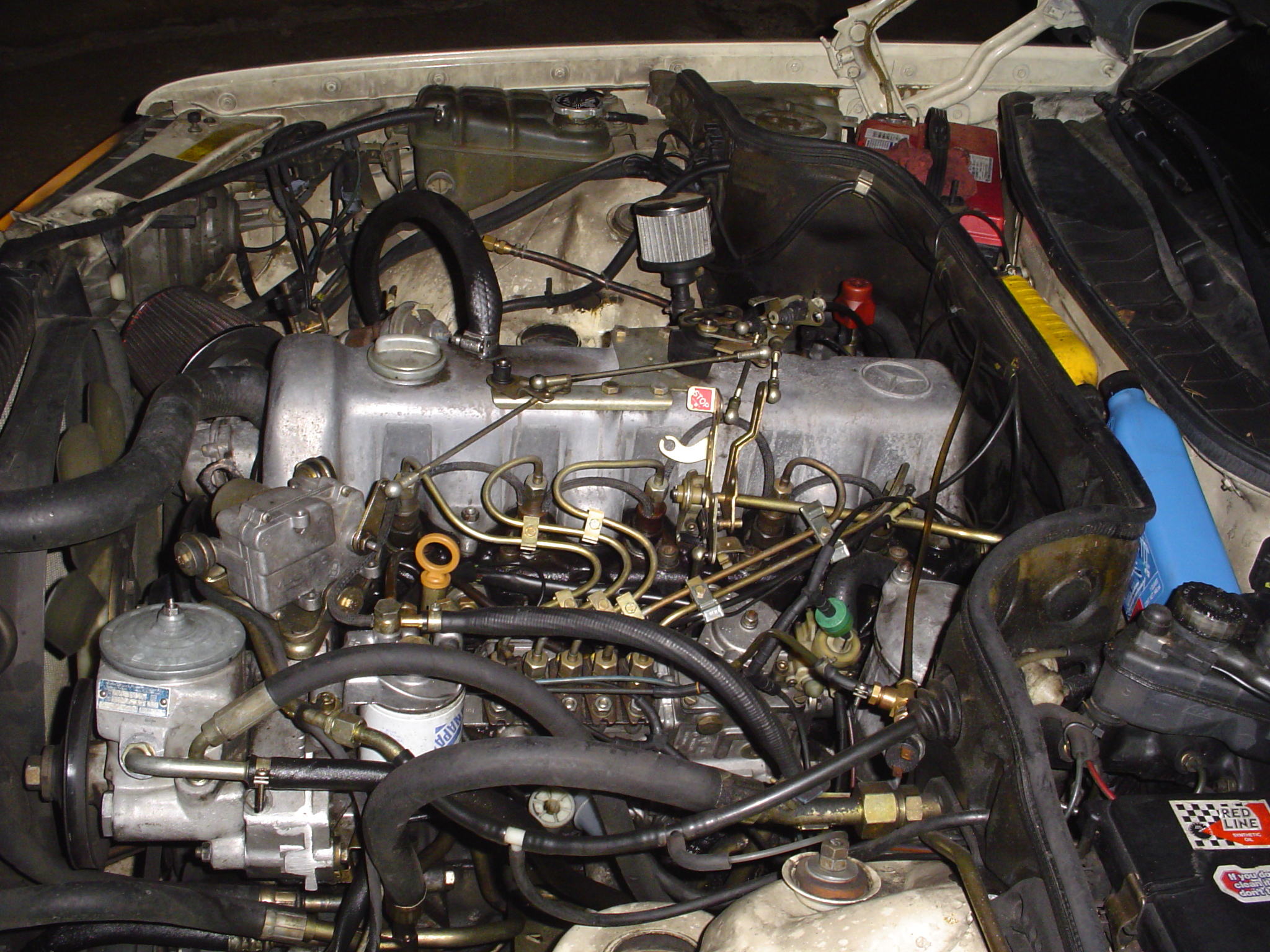
4. Toyota UZ-FE: Luxury with Longevity
Launched in 1989 with the Lexus LS 400, Toyota’s UZ-FE V8 engine family became synonymous with smooth power and long-term reliability. Available in 4.0L (1UZ), 4.7L (2UZ), and 4.3L (3UZ) versions, the engine saw duty in a wide variety of vehicles, including SUVs, luxury sedans, and trucks.
With outputs ranging from 256 to 500 hp, it balanced performance with over-engineered dependability. Its sturdy construction made it a favorite for both marine and motorsport use, including Japanese Super GT.
Decades later, the UZ remains a go-to engine for high-performance swaps, praised for its bulletproof internals and whisper-quiet operation.
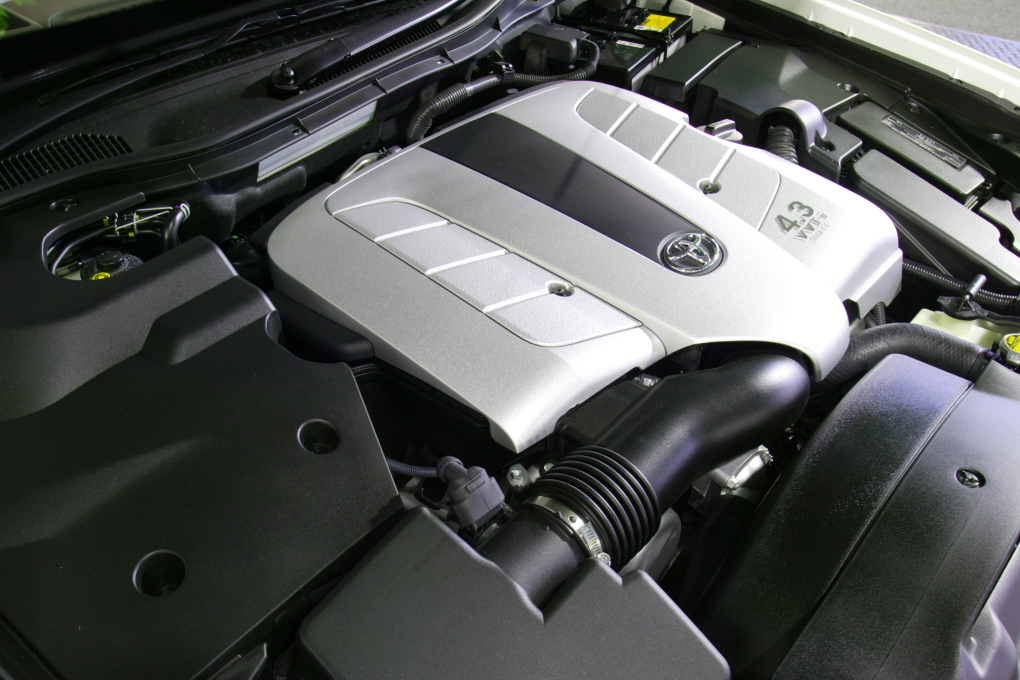
5. BMW M50: The Inline-Six Blueprint
Produced from 1990 to 1996, BMW’s M50 engine set new standards for inline-six reliability and performance. As the first BMW motor to feature variable valve timing (VANOS), it paved the way for future generations of BMW engines.
With displacements between 2.0 and 2.5 liters and horsepower ranging from 148 to 189, the M50 was both refined and robust. It formed the base for the more powerful S50 used in the M3 and became a cult favorite for tuners.
Its cast iron block could handle turbocharging and other modifications, making it not just reliable but a performance enthusiast’s dream engine.
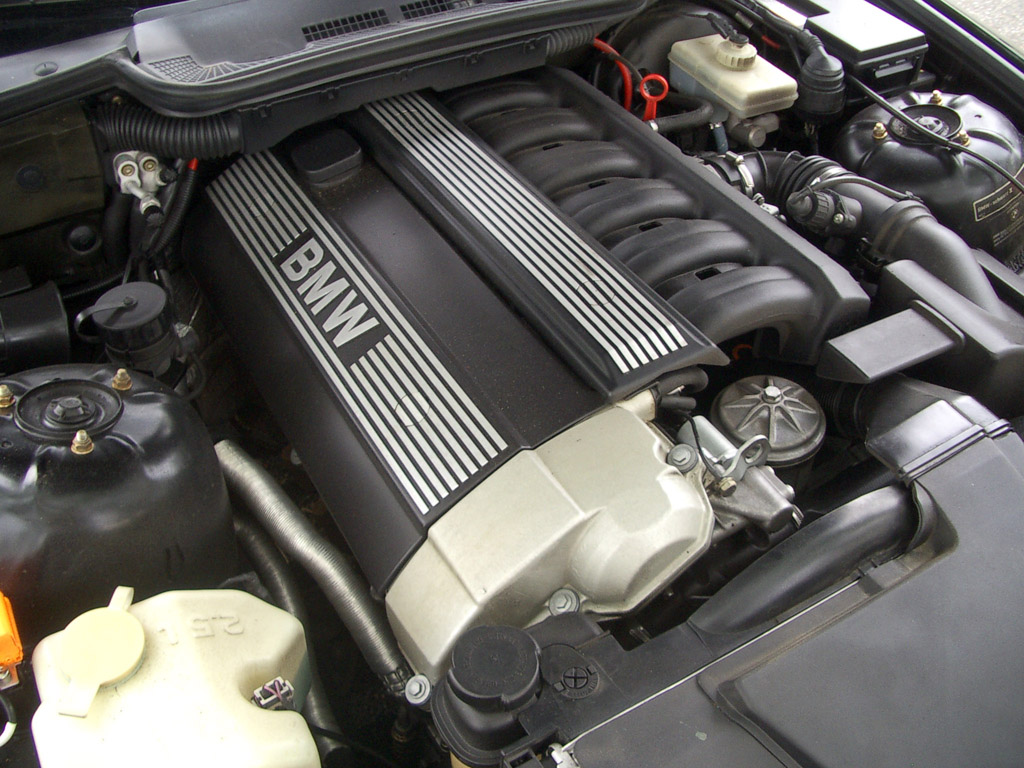
Also Read: 10 Cars That Can Run Up to 250,000 Miles Without Major Repairs
6. Toyota JZ Series: Bulletproof Performance
The Toyota 1JZ and 2JZ engines, especially the latter, became legends in both stock and modified form. Produced from 1990 to 2007, these inline-six engines featured cast iron blocks and aluminum heads, with outputs ranging from 168 to 320 horsepower in factory trim.
Tuners have safely pushed them to 1,000 hp and beyond on stock internals. Found in the Supra and other performance models, the 2JZ proved that you could have extreme power and unshakable reliability. With a 17-year production run, the JZ engines became icons of the tuning world, praised for their engineering and indestructible construction.
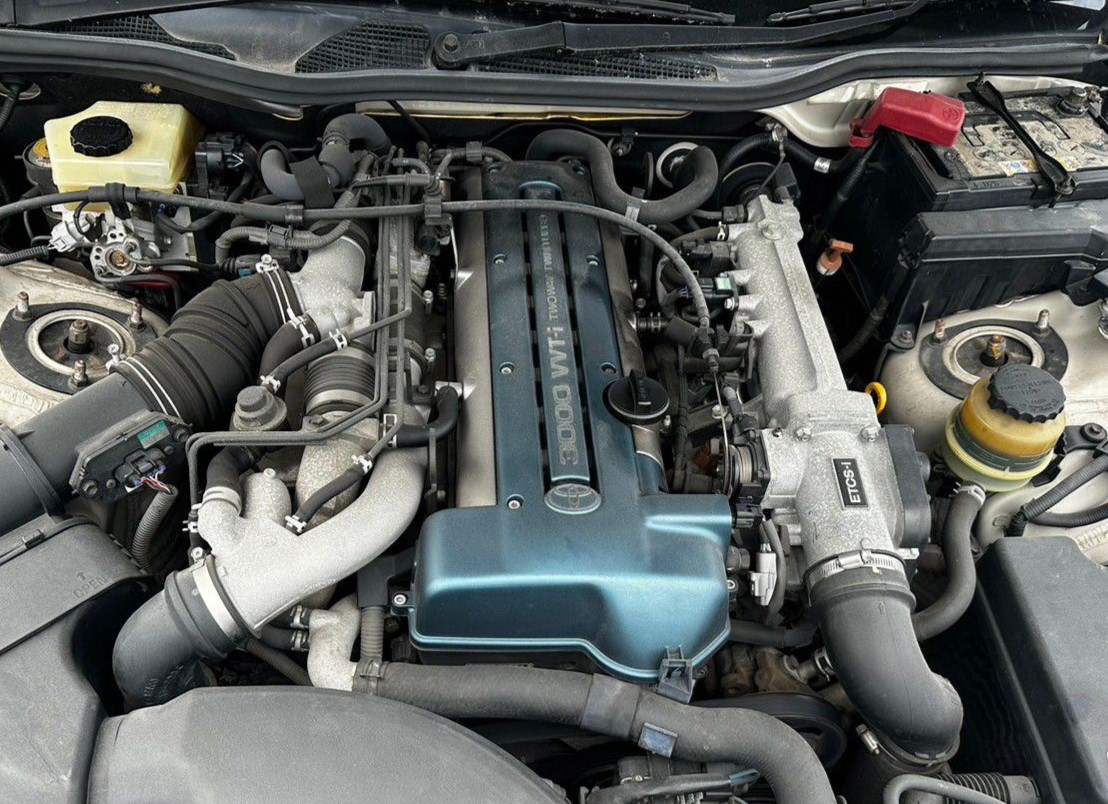
7. Volkswagen ABF: Euro Performance Hero
Volkswagen’s ABF engine, built from 1992 to 1999, was a performance-focused 2.0-liter 16-valve inline-four that became a favorite among VW enthusiasts. Used in the Golf GTI and Passat, it produced 148 horsepower and was known for its high-revving, engaging character.
Despite being a performance engine, the ABF was extremely reliable when maintained, with drivers regularly reporting lifespans beyond 250,000 miles. Built with a cast iron block and aluminum head, it also featured fuel injection and hydraulic lifters.
While spare parts have grown expensive, its reputation as a durable swap candidate keeps it alive in the enthusiast and restoration communities.
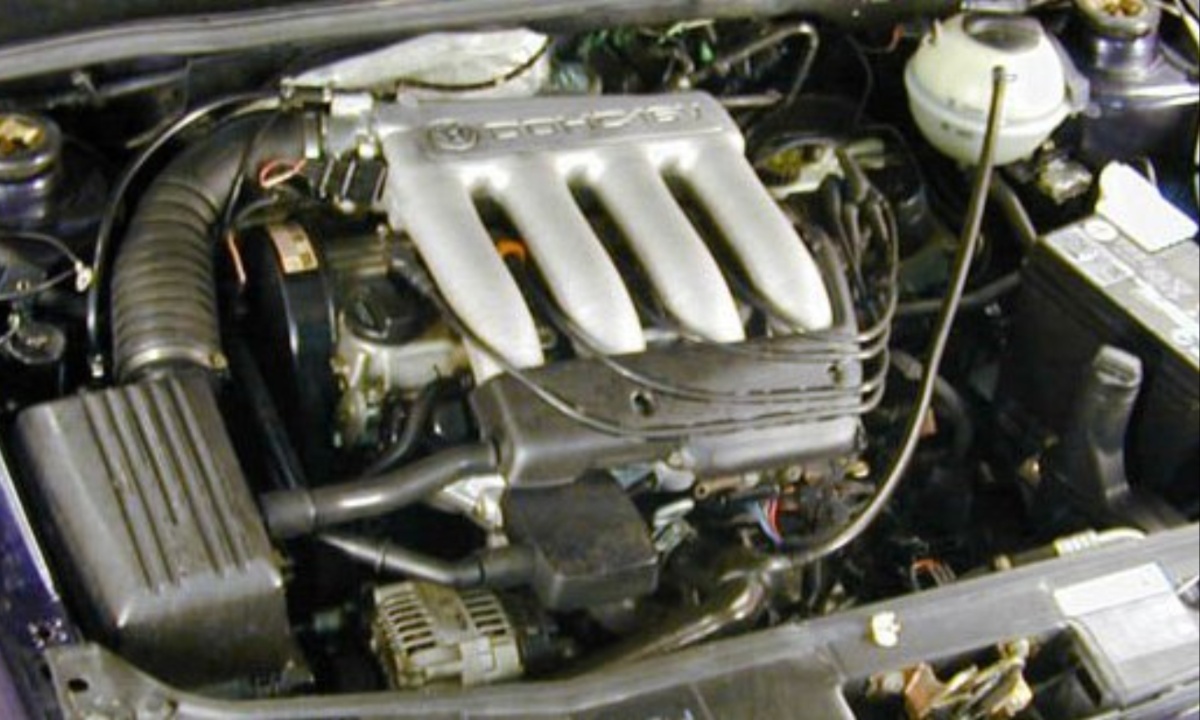
8. GM LS Series: The American V8 Standard
Since its introduction in 1997, the General Motors LS engine family has become synonymous with reliable, affordable V8 performance. Spanning displacements from 4.8 to 7.4 liters and outputting anywhere from 255 to over 750 horsepower, the LS engine has been used in everything from sports cars and trucks to race cars and boats.
With a compact design, aluminum heads, and great aftermarket support, it is also one of the most popular engines for swaps. Its low maintenance needs and legendary longevity have helped solidify its place as one of the greatest American engines ever built.
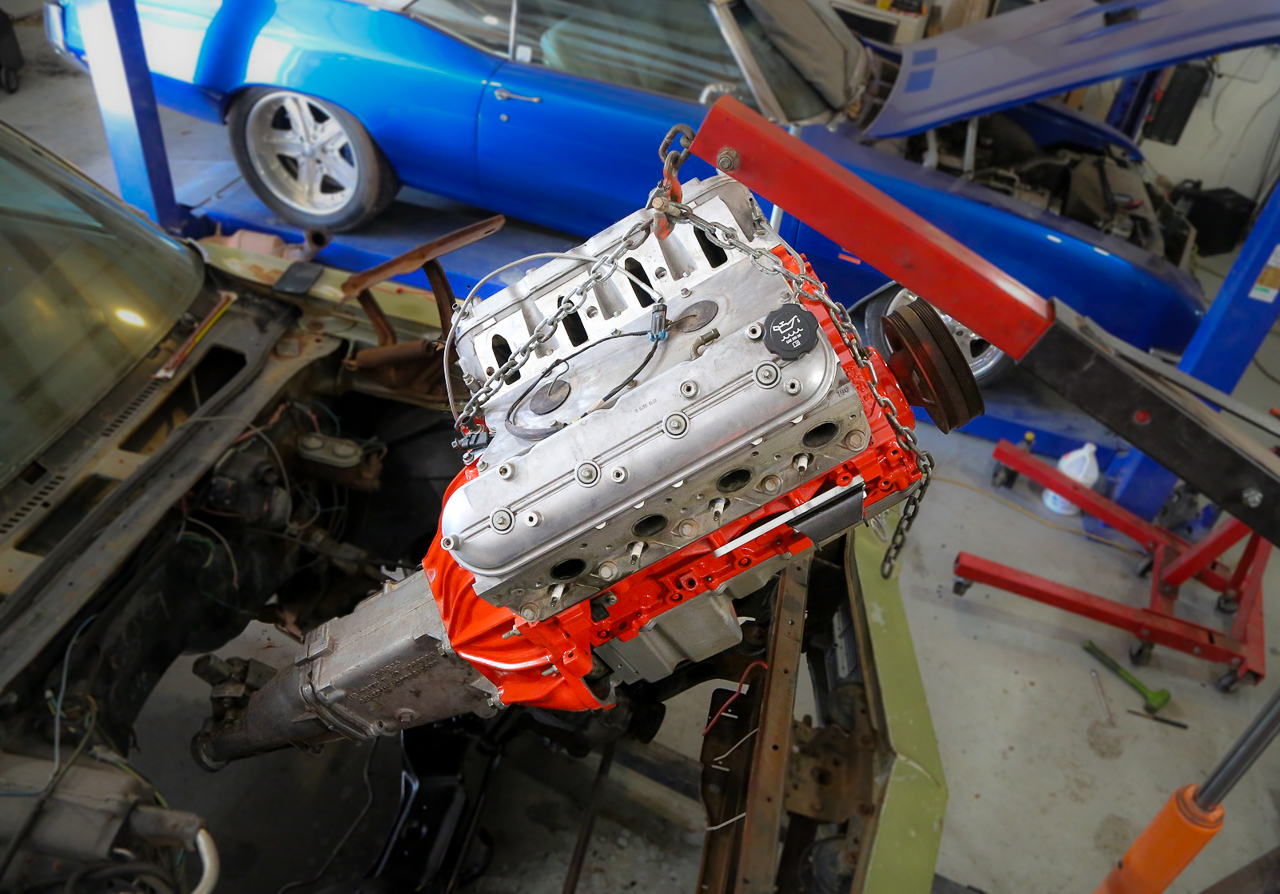
9. Honda K-Series: High Rev Heaven
Introduced in 2001, Honda’s K-Series four-cylinder engines offered a perfect blend of high performance and bulletproof reliability. Found in everything from the Civic and Integra to the Accord and Acura RDX, K20 and K24 variants gained fame for their high-revving nature and VTEC magic.
Outputs ranged from 150 to 320 hp, with both naturally aspirated and turbocharged versions proving dependable under pressure. Tuners loved them for their responsiveness, ease of modification, and resistance to failure even under track use.
Their widespread popularity in the engine swap community speaks volumes about the K-Series’ status as Honda’s finest engine family.
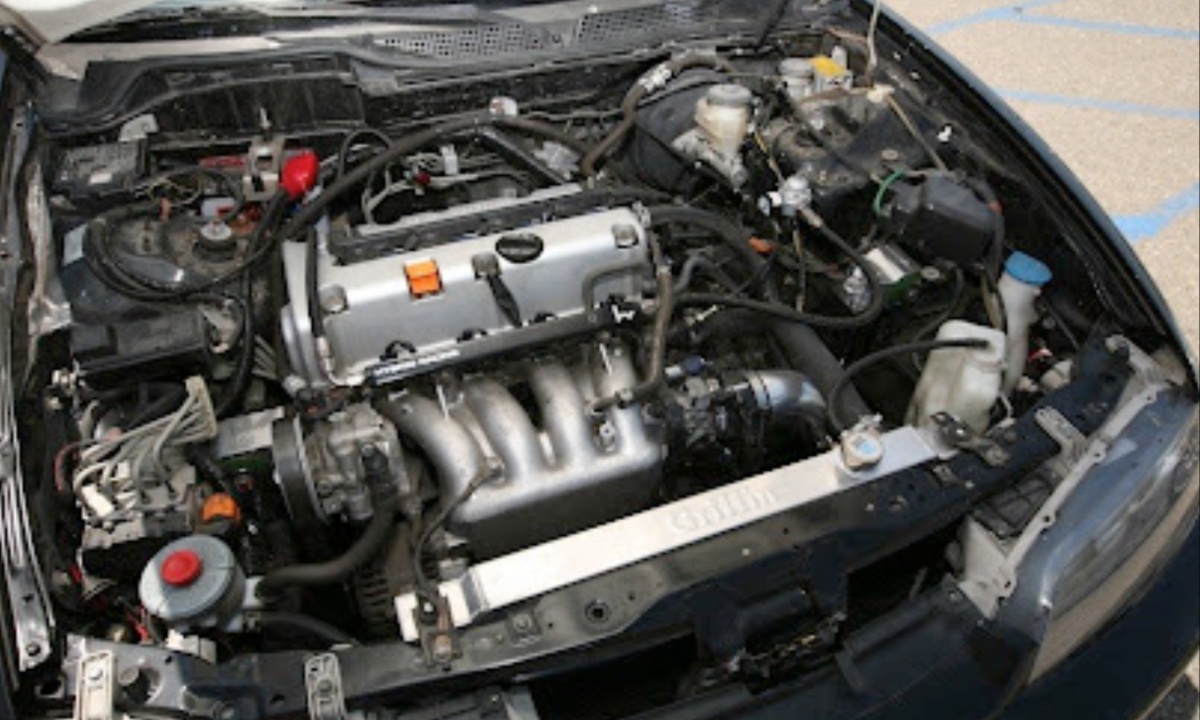
10. Toyota 2GR: V6 Versatility at Its Best
The 2GR, a 3.5-liter V6 from Toyota’s GR engine family, has been in production since 2005 and continues to power a vast range of Toyota and Lexus vehicles worldwide. With output ranging from 237 to 316 horsepower, it combines strength, fuel efficiency, and minimal maintenance.
Found in everything from the Tacoma pickup and Camry sedan to luxury crossovers and even the Lotus Evora, it’s one of the most adaptable and respected engines in modern automotive history. Its aluminum construction, advanced fuel injection, and reliability under stress have earned it awards and legions of satisfied owners across the globe.
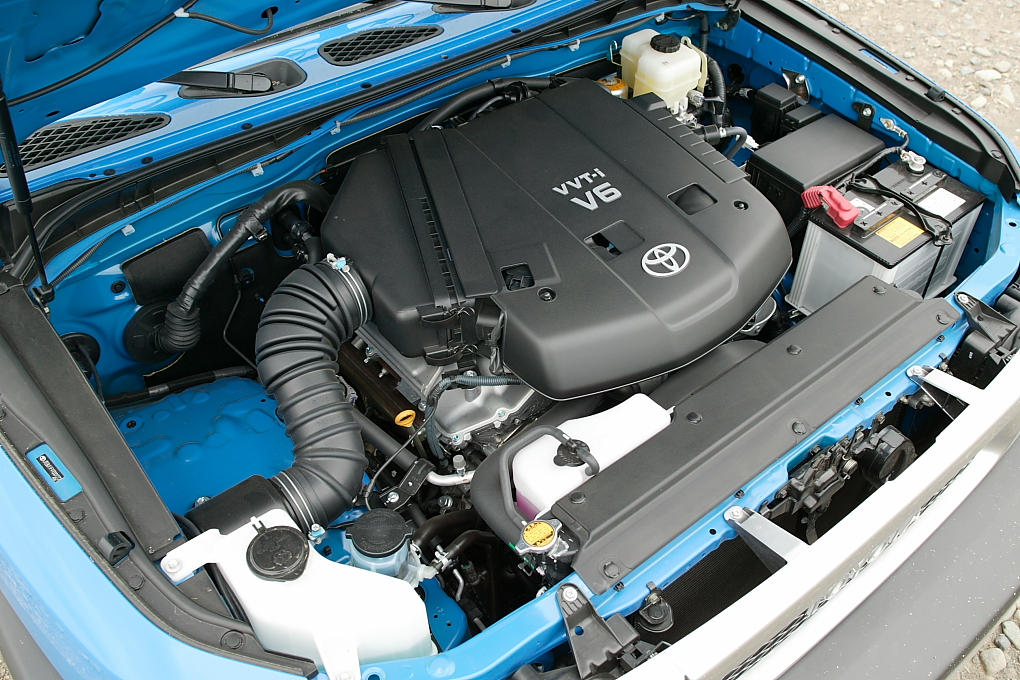
From vintage workhorses like the Chrysler Slant-Six to modern legends like the Toyota 2GR and Honda K-Series, these engines represent more than mechanical success—they embody decades of engineering brilliance and real-world validation.
Many of these power plants served across industries and continents, enduring harsh climates, high mileage, and varied ownership. Their reputations are not built on advertising but on stories from owners, mechanics, and racers who trust them to keep going.
As vehicles evolve into electric and hybrid formats, these internal combustion masterpieces remain benchmarks of what dependable engineering truly means.
Also Read: 10 Best Hybrid Cars of 2025 That Balance Fuel Efficiency, Reliability, and Everyday Comfort

